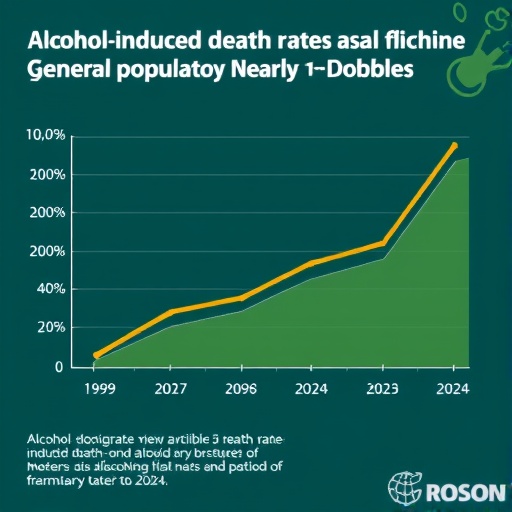AURORA, Colo. (Aug. 28, 2018) – A research team lead by faculty of the University of Colorado School of Medicine have published a study that improves the understanding of the pain-sensing neurons that respond to tissue injury during surgery.
The team, led by Slobodan Todorovic, MD, PhD, Professor of Anesthesiology at the School of Medicine and the Neuroscience Graduate Program on the CU Anschutz Medical Campus, reports its findings today in the journal Science Signaling.
"We investigated the potential role and molecular mechanisms of nociceptive ion channel dysregulation in acute pain conditions such as those resulting from skin and soft tissue incision," Todorovic said.
Nociceptors represent a type of a receptor that exist to feel pain when the body is harmed. When activated, nociceptors notify the brain about the injury. In their study, the CU-led team looked at a specific channel for transmitting that information, aimed at developing a better understanding of potential ways to address pain after surgery.
By gaining a better understanding of how these nociceptors work, the researchers aim to identify potential new therapies for pain during surgery and to decrease the need for narcotics.
"Although opioids are very effective in treating the acute pain associated with surgical procedures, their use is associated with serious side effects, which include constipation, urinary retention, impaired cognitive function, respiratory depression, tolerance, and addiction," Todorovic and his co-authors write. "More than 12 million people in the United States abused prescription opioids in 2010 alone, resulting in more overdose deaths than heroin and cocaine combined. The necessity to treat this acute type of pain is of paramount importance since its duration and intensity influence the recovery process after surgery, as well as the onset of chronic post-surgical pain."
###
The study was supported by grants from the National Institutes of Health and by the Department of Anesthesiology at the CU School of Medicine on the Anschutz Medical Campus. Eight authors are listed on the article, including six from the University of Colorado Anschutz Medical Campus.
About the University of Colorado School of Medicine
Faculty at the University of Colorado School of Medicine work to advance science and improve care. These faculty members include physicians, educators and scientists at UCHealth's University of Colorado Hospital, Children's Hospital Colorado, Denver Health, National Jewish Health, and the Denver Veterans Affairs Medical Center. The school is located on the Anschutz Medical Campus, one of four campuses in the University of Colorado system. To learn more about the medical school's care, education, research and community engagement, visit its web site.
Media Contact
Mark Couch
[email protected]
303-724-5377
@CUAnschutz
http://www.ucdenver.edu
http://dx.doi.org/10.1126/scisignal.aao4425




